This article is part of our Chinese New Year Family Guide. Sign up for our newsletter to receive family-friendly activity, recipe and craft ideas throughout the year!
Sumptuous and abundant, the family reunion dinner served on Chinese New Year’s Eve is undeniably a highlight of the entire holiday season. In this article, I’ll help you plan a meal full of auspicious symbolism and delicious flavors for your family.
A Chinese New Year reunion dinner brings a joyful family together around a full table and symbolizes the hopes for prosperity in the year ahead. To draw from Western examples, the meal combines the abundance of Thanksgiving with the anticipation of New Year’s Eve and the holiday cheer of Christmas.
Preparing a reunion dinner simultaneously requires careful planning, culinary skill and an awareness of cultural symbolism. Moreover, the meal takes place during an exciting time! As you shop at your Chinese market, you’ll be caught up in the pre-holiday bustle of countless others doing the same thing. It’s a thread that extends back thousands of years.
Start your planning with your guest list. It’s most important, of course, to invite your family members, both near and far. Though it’s not in the traditional Chinese custom, consider inviting close friends, as well. A full table will make your efforts feel more worthwhile.
A traditional reunion meal consists of eight courses (for luck), not including white rice, tea and fresh fruit for dessert. The procession of dishes should include a cold appetizer, soup, three main meat courses, a vegetable dish, noodles and fried rice. Among the suggest dishes below, a whole steamed fish and a whole white cut chicken are probably considered most essential — both symbolize abundance and family togetherness.
Here’s a suggested reunion dinner menu, with links to recipes on this site. Further below, we’ll address the role food symbolism plays in the meal.
1. Appetizer: Roast Pork
Other Appetizer Options:
– Drunken Chicken
– Traditional Pork Dumplings
2. Soup: Winter Melon Soup
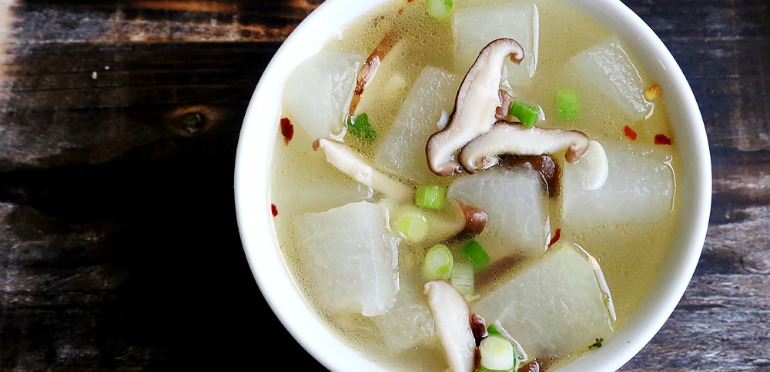
Other Soup Options:
– Chicken and Mushroom Soup
3. Main Course: Whole Steamed Fish
4. Main Course: Red Cooked Beef
Other Beef Options:
– Stir Fried Beef with Snow Peas
5. Main Course: Whole White Cut Chicken
Other Chicken Options:
– Soy Sauce Chicken
6. Vegetable: Gailan with Crab Meat Sauce
7. Noodles: Braised Longevity Noodles
Other Noodle Options:
– Rice Noodles with Pork and Bean Sprouts
8. Fried Rice: Yangzhou Fried Rice
Every dish served during a Chinese New Year reunion dinner carries some symbolic meaning conveying good luck, prosperity or good health. Often, homonyms (words that share the same pronunciation but have different meanings) are used. For example, the word for fish yu, sounds like the word for “extra” or “surplus,” making it an indispensable part of the Chinese New Year meal.
Here’s a useful food symbolism guide from Rosemary Gong’s Good Luck Life:
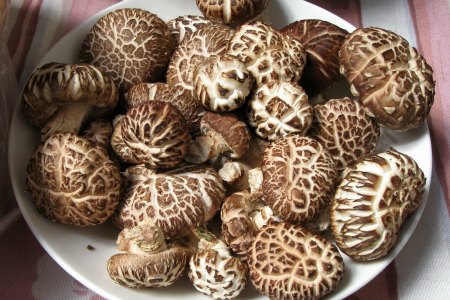 Black Mushrooms
Black MushroomsSymbolizes All Wishes Fulfilled
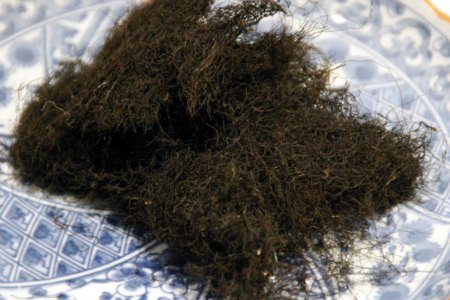 Sea Moss
Sea MossSymbolizes Prosperity
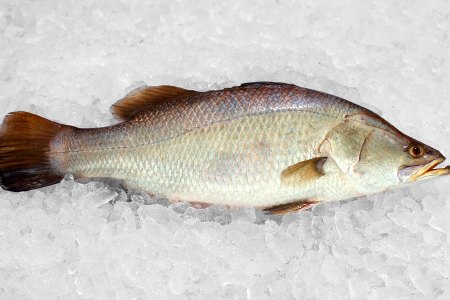 Whole Fish
Whole FishSymbolizes Abundance
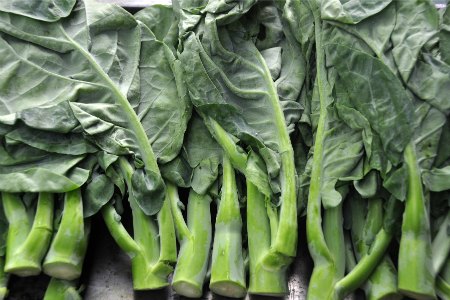 Leafy Greens
Leafy GreensSymbolizes Longevity
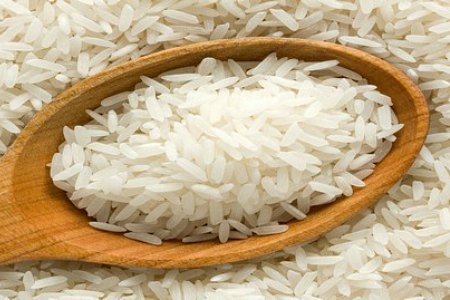 Long Grain Rice
Long Grain RiceSymbolizes Longevity
 Noodles
NoodlesSymbolizes Longevity
 Meatballs
MeatballsSymbolizes Family Reunion
 Oranges
OrangesSymbolizes Wealth
 Oysters
OystersSymbolizes Success in Business
 Peaches
PeachesSymbolizes Longevity
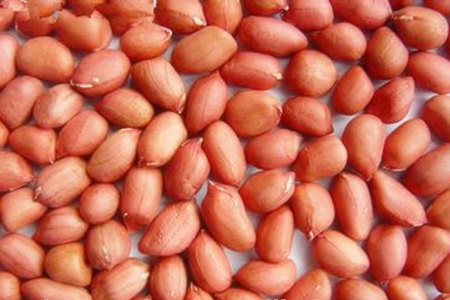 Peanuts
PeanutsSymbolizes Longevity
 Pineapple
PineappleSymbolizes Prosperity
 Pomegranates
PomegranatesSymbolizes Many Children
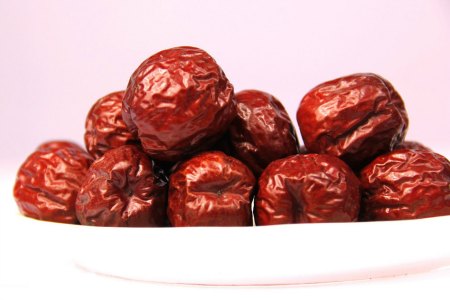 Red Dates
Red DatesSuccess in Every Endeavor
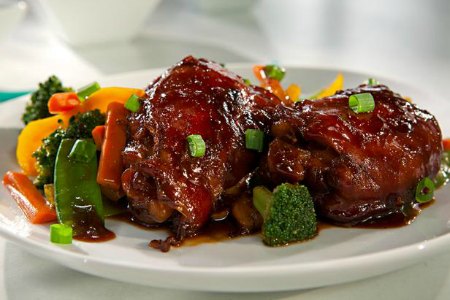 Red Cooked Dishes
Red Cooked DishesSymbolizes Good Luck
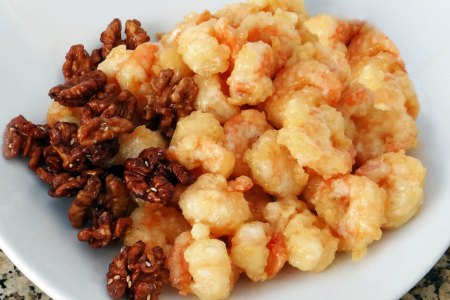 Sweet Dishes
Sweet DishesSymbolizes a Sweet Life
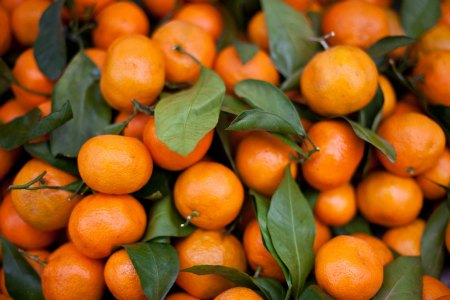 Tangerines
TangerinesSymbolizes Good Luck
If you follow the steps above, you’re sure to create a delicious family reunion dinner for Chinese New Year. One last tip: plan to cook enough to have leftovers. An abundance of food is believed to bring the family great wealth in the coming year!
Your turn! Can you share any tips from your experience cooking a Chinese New Year reunion dinner? Want to ask a question before you celebrate with your family? I’d love to hear from you in the comments section below!
HT: Photo by Celebrations of Chinese New Year.
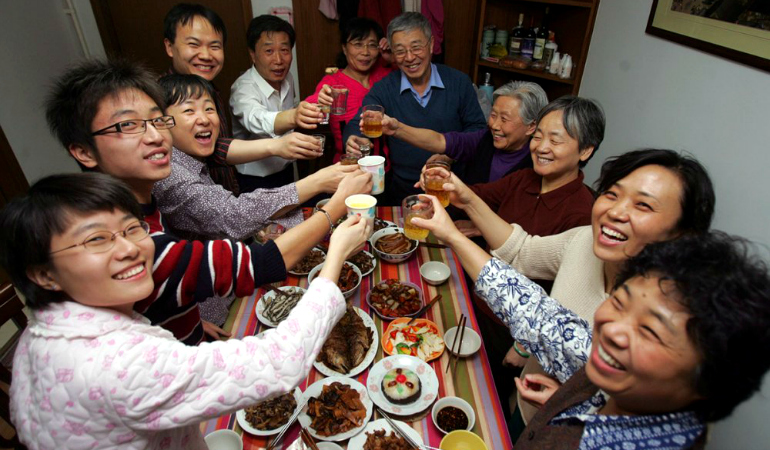
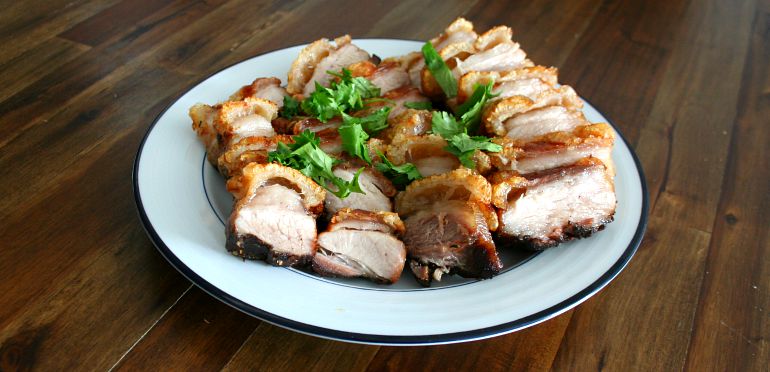
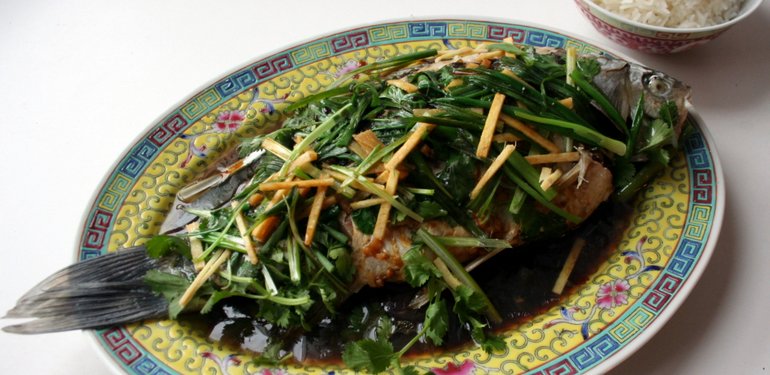
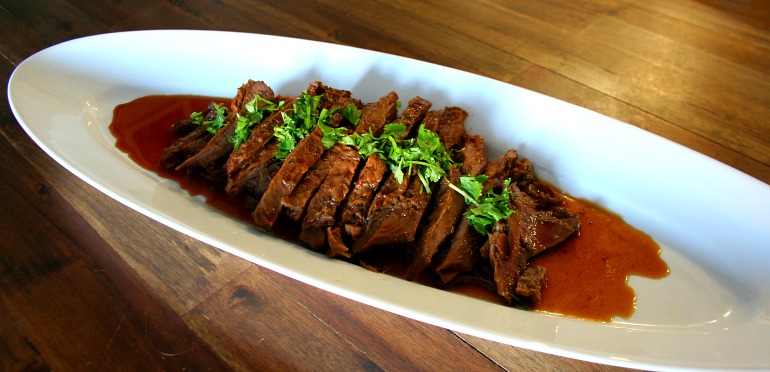
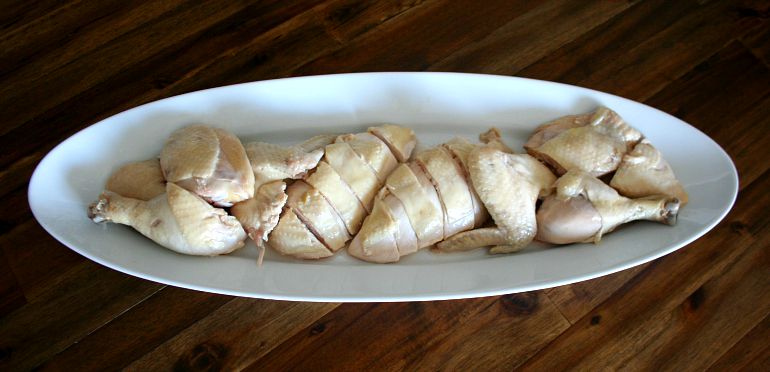
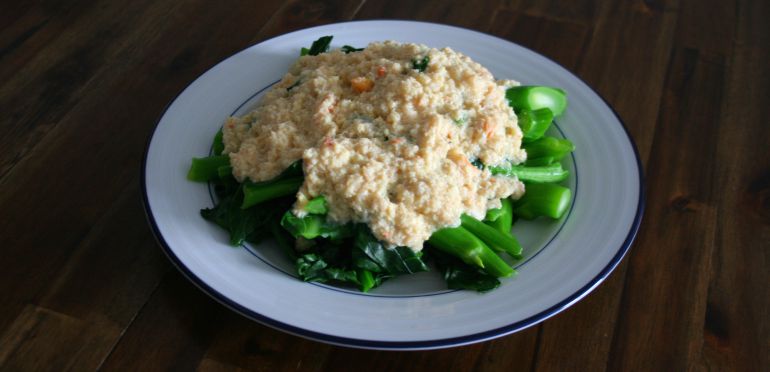
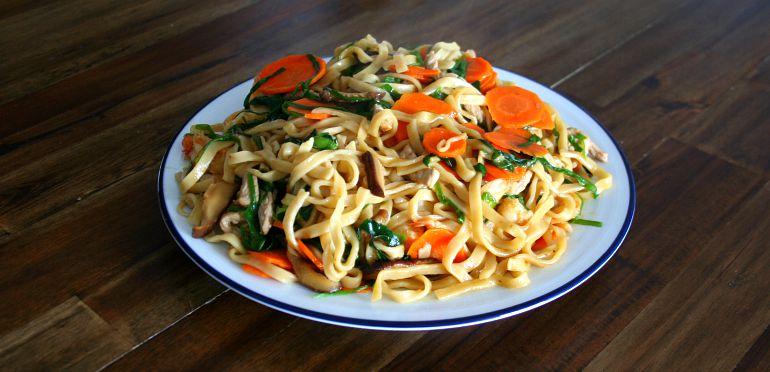
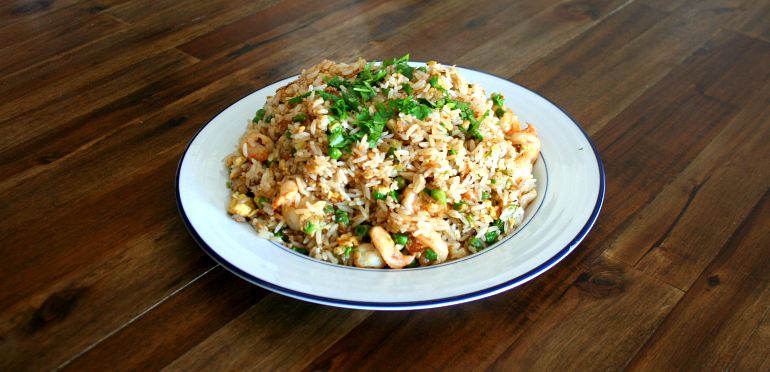

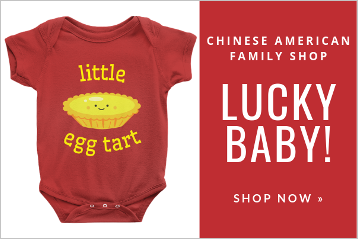

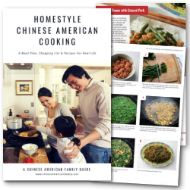
Willow
There are 2 elderly Chinese sisters who helped care for my elderly parents. They have been really great to my husband and I as well. We don’t have a lot of money. Would a $20 red envelope be a suitable give for them? They mean so much more, I don’t want it to be an insult.
Wes Radez
Hi Willow, it sounds like you have a very close relationship with these friends. The gesture of giving a red envelope is wonderful and, in this case, I wouldn’t worry about the amount. Instead, I might think of other ways to communicate the importance of the relationship to them — a personal visit after New Year, a gift of fruit or an invitation to your home. At this time of year, all would let them know how much they mean to you. ~Wes
Jennifer
Hi, Wes, are the dishes served at different times in courses? Or all at once on the table? We have adopted three older children from China and are trying to represent their culture appropriately for them, but they didn’t celebrate when they lived there either as they didn’t have family so they can’t instruct us. This is our second annual family CNY and we had so much fun last year – they will thrilled! Trying to improve the food and expecting 20+ people, so I’m trying to figure out how to make as many things as possible ahead or if I can cook in courses (although I don’t want to miss the fun cooking all the time either)? I have a large steamer and wok, but it’s still a struggle to get that much food out warm at the same time. Thanks!
Wes Radez
Hi Jennifer, what a fun event! Given the real challenge you describe, I’ve seen both approaches — everything at once and dishes served in courses. The goal, at the end of the day, is for the food to be hot and tasty. The key, I think, is to combine dishes that can be prepared in advance with dishes where you do the prep in advance, then cook immediately before serving. Good cook in advance dishes would be Roast Pork, Lion’s Head Meatballs and White Cut or Soy Sauce Chicken. Good prep in advance dishes would be Pork Dumplings, Steamed Fish, Gailan with Crab Meat Sauce and Yangzhou Fried Rice. The latter dishes all require at most 15 minutes of actual cook time. You can find all the recipes on the site. Also, don’t stress about a long meal! You can take breaks between courses and bring people into the kitchen while a particular dish finishes up. You’ll do great. Good luck! ~Wes
Jennifer
Thanks, Wes, many of those are on the menu. 🙂 That helps to know we have flexibility!
Monica
Hi Wes,
I am just grateful for this post. It helps me on my journey this year of celebrating a great chinese new year! Very helpful, looking forward to subscribing to your site! I’ve already saved numerous recipes and insights to my pintrest.
Wes Radez
I’m really happy to hear that, Monica. Welcome! ~Wes